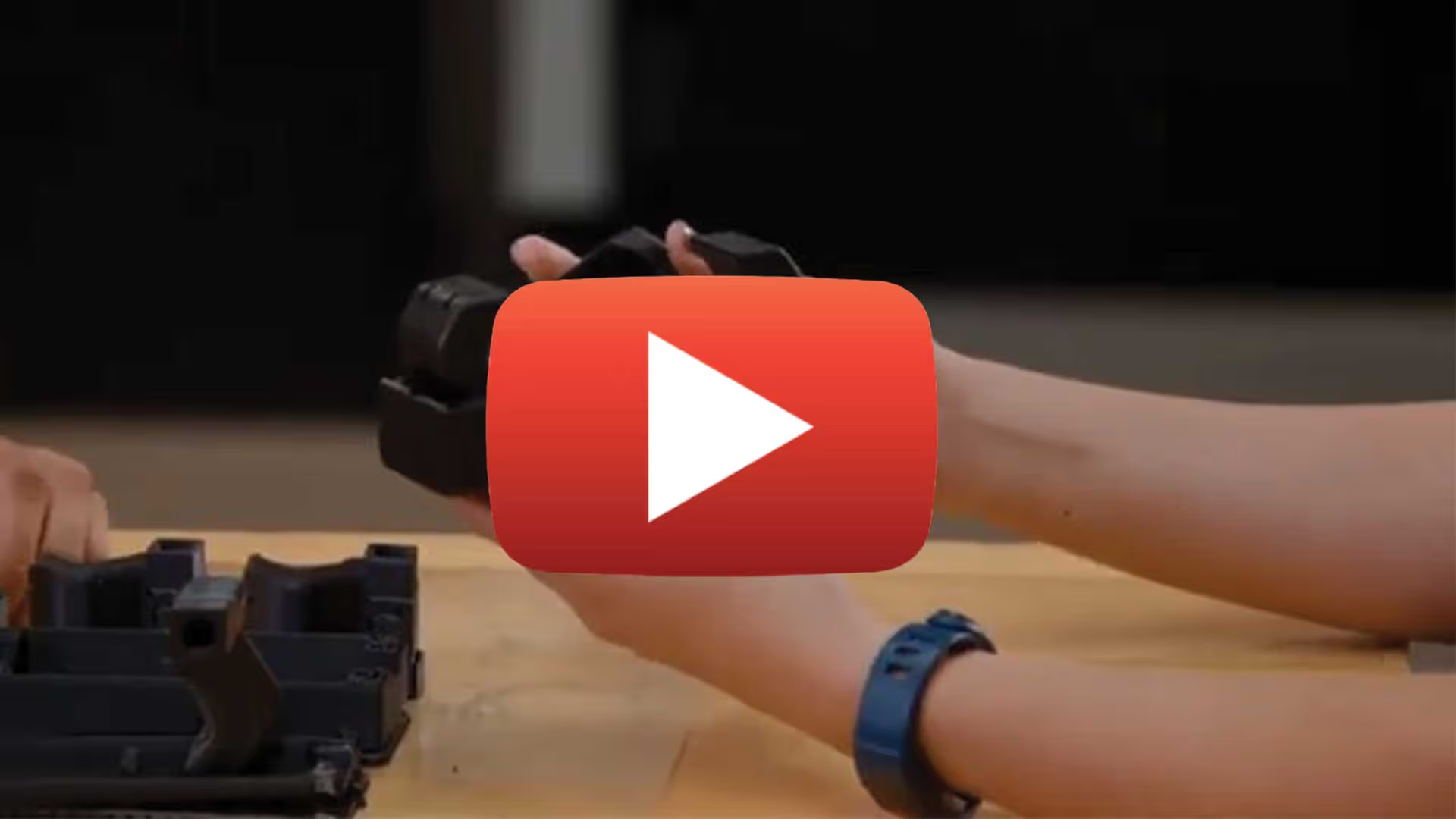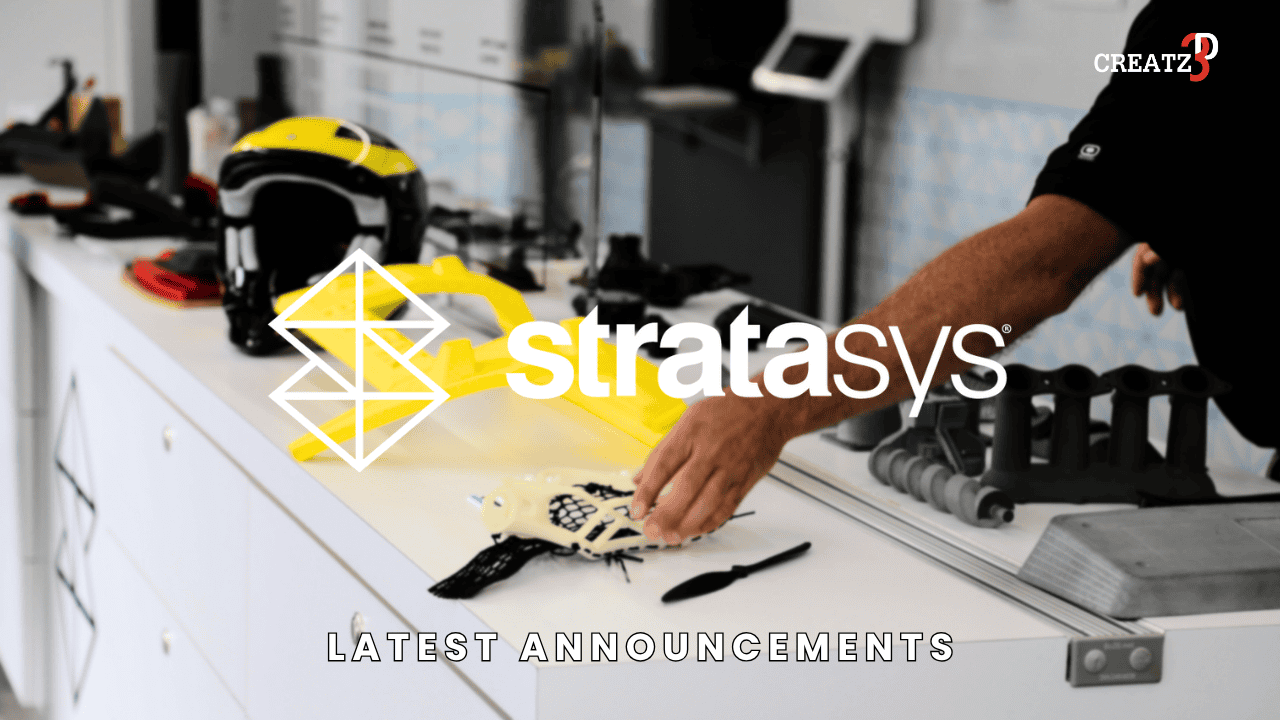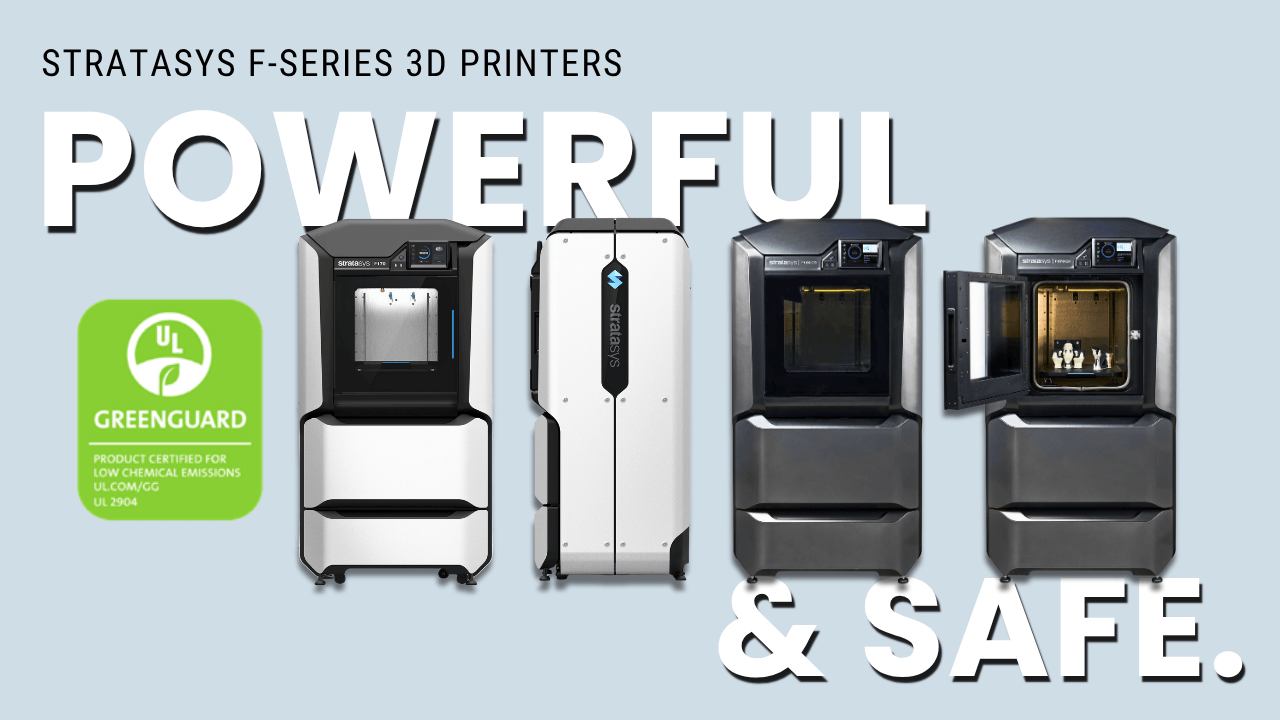The 3D printing industry saw many changes in 2014, across both the industrial and prosumer markets. Throughout the year, Creatz3D explored countless new 3D printing applications. The challenge, however, lies in determining what is relevant to Singapore’s local context. With that in mind, here are the Top 5 3D Printing Industry Applications of 2014.
5. Architecture
3D printing has revolutionized the architecture industry, saving architects significant time and money compared to traditional Styrofoam scale models. Beyond visualization, 3D printed models are now used for wind-tunnel testing, earthquake simulations, and urban planning.
Architects can also design and produce unique fascia and finishing elements without costly custom tooling. Specialized jigs and tools can be produced quickly, streamlining the building process and translating into real-world structures.
4. Medical
While medical applications may not be the first thing that comes to mind, 3D printing in healthcare grew rapidly in 2014. Surgeons now use 3D printed surgical guides and pre-op planning models from MRI data to reduce surgery time and risks. Customized medical devices have also been produced for better ergonomics or as replacement parts.
Some argue these models become redundant post-surgery, but their benefits in risk reduction and efficiency are undeniable.
3. Education
Education is a critical driver of 3D printing adoption. Singapore’s education institutions have embraced 3D printing in partnerships, programs, and curricula. Students are equipped with 21st-century skills through hands-on prototyping and experimentation.
Applications extend beyond design classes: medical schools use surgical models for study, engineers improve on prototypes, and animators produce models in days rather than weeks. Animation and sculpture projects benefit significantly from reduced lead time.
2. Manufacturing
In manufacturing, 3D printing has evolved from just prototyping to functional applications. With advanced thermoplastics, photopolymers, and metal 3D printing, companies now produce low-volume customized parts without tooling costs or long lead times.
Digital manufacturing also enables quick design iterations and agile workflows. Customizable jigs and fixtures can be made in days, sometimes with embedded data or ergonomic features. 3D printing complements traditional processes rather than replacing them. For example, thermoforming molds can be enhanced by 3D-printed honeycomb structures, improving airflow without drilling.
1. Aerospace
The aerospace industry has been slower to adopt 3D printing but is now seeing transformative impacts. 3D printed prototypes reduce cost and lead time compared to casted materials, allowing manufacturers to keep designs in-house and speed up testing cycles.
Lightweight tools and assembly aids can be created overnight, while hybrid parts (combining 3D printed and traditional components) reduce aircraft weight. Given the high cost of errors in aerospace, 3D printing provides a safer, faster, and more flexible path to innovation.
Conclusion
While some question whether 3D printing will replace traditional manufacturing, the reality is that it complements and enhances existing workflows. It enables new methods of production and design previously thought impossible, offering businesses greater flexibility, efficiency, and innovation.






